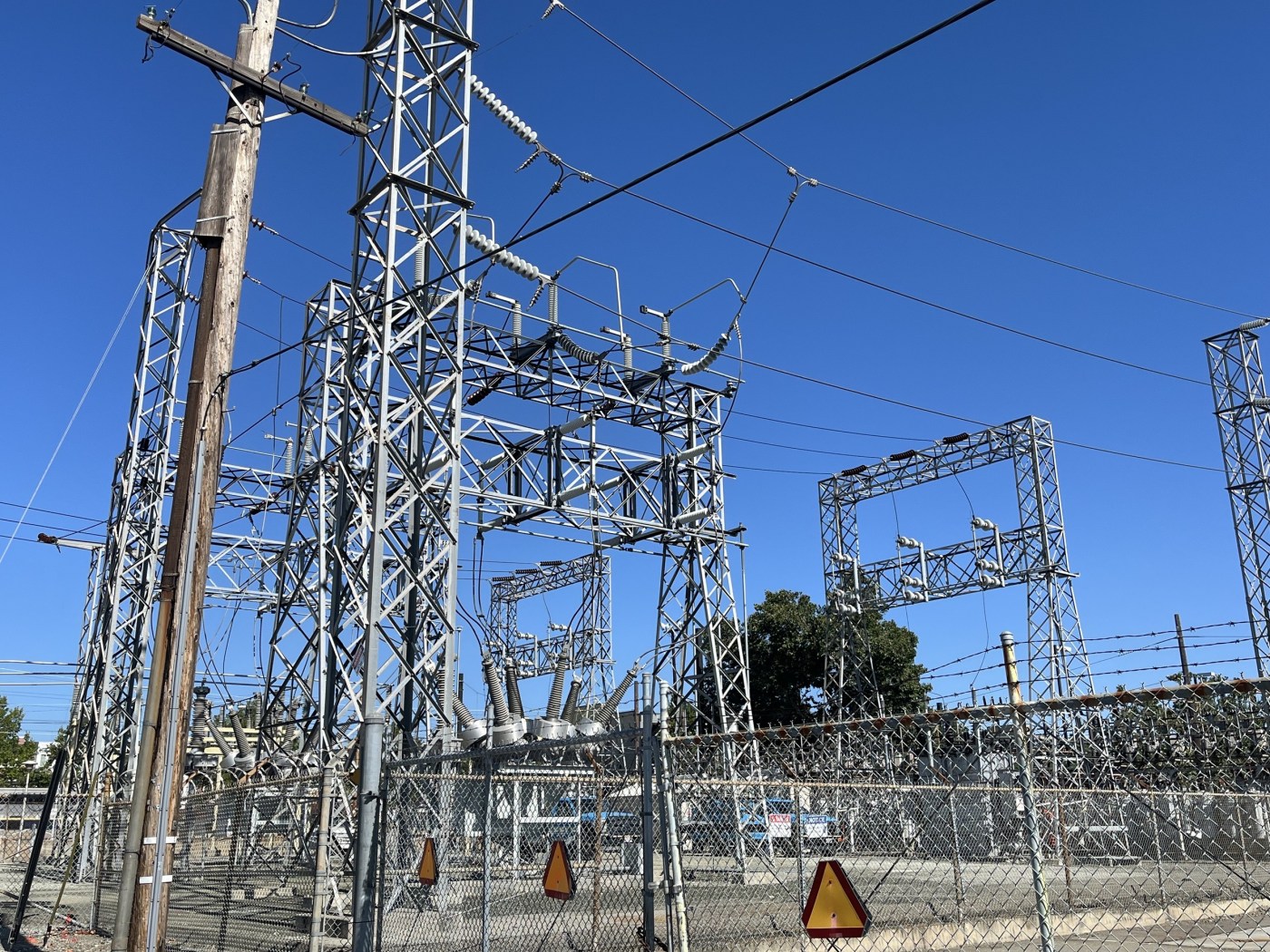OAKLAND — PG&E monthly bills are heading lower during September as some costs related to wildfires and emergency responses start to recede and vanish from the utility’s rate base.
PG&E customers can expect that monthly electricity costs will drop by an average of $5 for the typical residential ratepayer who uses 500 kilowatt hours a month and isn’t on a subsidized billing plan. That equates to a 2.1% decrease.
Gas bills are slated to drop an average of 39 cents a month for the typical customer, which equates to a decline of 0.4%. These calculations apply to customers who use 31 therms a month.
“These reduced bills are significant because no more rate changes are expected in 2025,” said PG&E spokesperson Mike Gazda. “Bills are expected to go down in 2026.”
In April 2024, PG&E Chief Executive Officer Patricia Poppe told this news organization, “We see a future where customers’ bills can start to come down.”
At the time Poppe offered the prediction, PG&E bills had been rising by more than 20% annually, the result of a series of approvals by the state Public Utilities Commission, PG&E’s primary regulatory supervisor.
Residential electric rates charged by PG&E have dropped three times over the past 15 months.
Oakland-based PG&E said its customers are also slated to receive a bill credit in October that will amount to a reduction of $58.23 for that month. This is as a result of the California Climate Credit that is applied to monthly bills twice a year – in April and October.
The investor-owned utility said that flat or lower monthly bills for its customers contrast with the nationwide trends as sketched out by the U.S. Energy Information Administration, which is forecasting double-digit increases nationwide for electricity prices.
“Retail electricity prices have increased faster than the rate of inflation since 2022, and we expect them to continue increasing through 2026,” the U.S. EIA stated in a May report.
The tech industry’s hunger for data centers is becoming a driver for higher electricity bills around the country.
PG&E said it would continue to scout for ways to reduce electricity costs.
In recent years, these efforts have included savings of about $2.5 billion in operating and capital costs through use of new technologies such as use of drones to inspect equipment and to bundle required work into fewer jobs.
“While we continue making progress to stabilize electric prices for our customers, we know there is more work to do,” said PG&E Chief Sustainability Officer Carla Peterman, a former commissioner with the state PUC.





